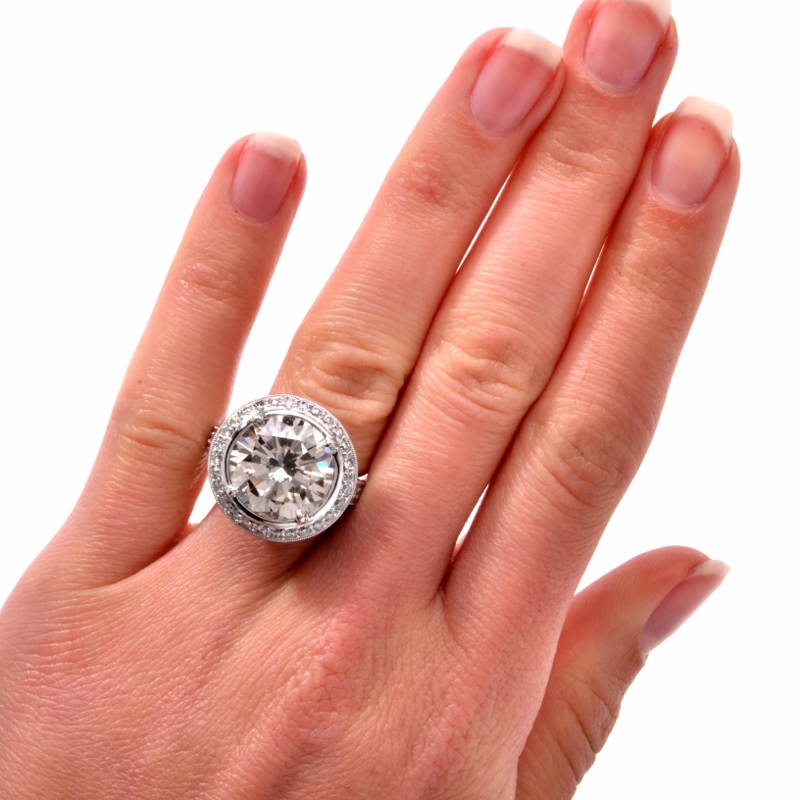
To jewelry lovers, every diamond tells a compelling story, reason why diamond engagement rings are usually the first go-to option for brides in their special day. But besides being a storyteller a diamond is also a wonderful piece of earth’s history and knowing a little bit about its geological past can take our whole diamond rings perspective into a new level of understanding.
It certainly has to Dr. Steven Shirley, a senior scientist at the Carnegie Institution of Washington, and an avid researcher in diamond geology, a scientific discipline that underscores the unique value of the gem and provides powerful tools for expert estate and antique jewelry stores to excite a customer’s interest in the gem.
“Diamonds are unique containers -forged under unimaginable pressures and temperatures- that preserve minerals from deep within the earth. These tiny samples, which are later cut and polished to give way to diamonds engagement rings and move millions of dollars, also make it possible for scientists to peer hundreds of kilometers deep into the earth’s mantle.”, says Shirley.
And by doing so, scientists like Shirley can have a direct look into thousands of years of the earth’s history and development, provide possible answers for centuries-old conjectures about the origin of the earth and also offer solutions for modern day geological problems.
“When working with diamonds, there is so much research that can be useful and talked about. We are working on the inclusion dating of diamond, which has pushed the age of some diamonds from Canada back as far as 3.5 billion years. The concept that a tiny inclusion captured in a diamond crystal might provide an age of this magnitude—three quarters the earth’s age—is mindboggling”, adds Shirley.
To Shirley and his group of scientists, working with diamonds is an exciting opportunity to learn about mysteries of the earth that have been unsolvable for current scientific outlines and procedures, because of their unique formation and characteristics.
“I want to go back in earth’s history to see if the pattern of diamond growth tells us anything unique about the evolution of earth as a planet,” Shirley says.
His research involves selecting suitable inclusion-bearing diamonds from working mines, slicing them into sections to examine their growth history, and finally, breaking out the inclusions within them for age-dating studies.
In short, one of Shirey’s objectives, as a research scientist, is to get word out about his work into the nature of diamond and its fascinating origins deep beneath our planet’s surface. So next time you are looking for diamond engagement rings, also consider the whole history behind them.


